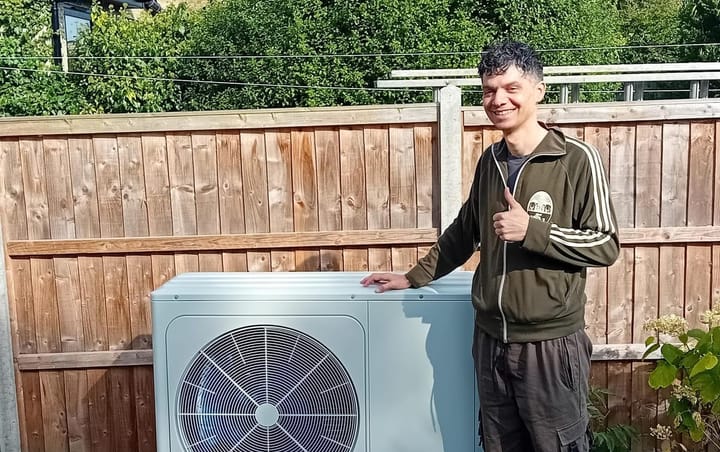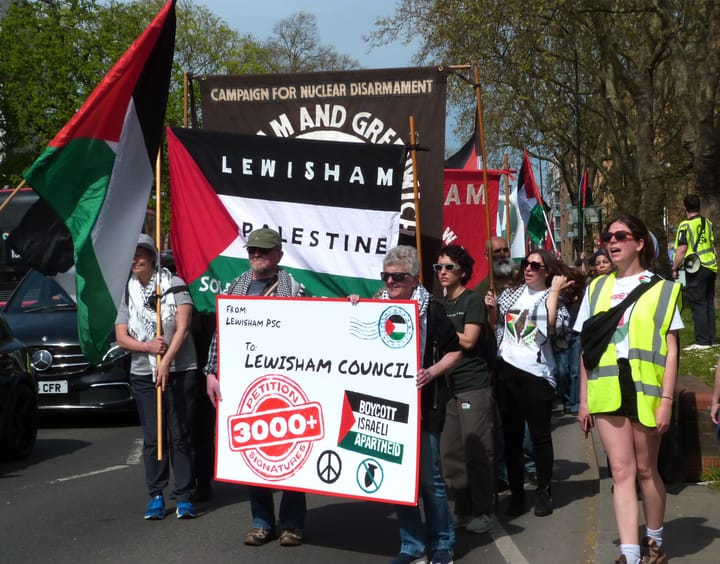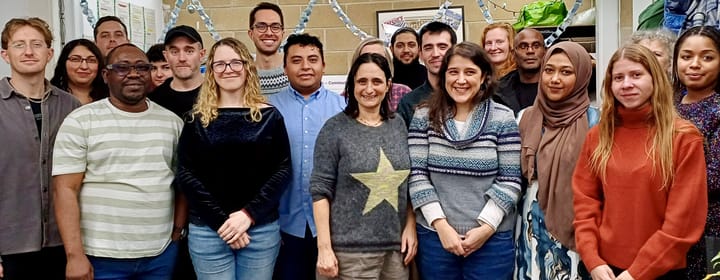South London parents crunch the data to “solve the school run”
Use the dashboard to find out what's going on in your area.

Traffic congestion, road accidents, air pollution, stress - however you travel, you'll notice the effects of the “school run”. When school holidays start, traffic drops off, bus times improve and roads become safer.
Although we can’t see it, air pollution also reduces dramatically during the school holidays.
Claire McDonald, co-founder of Solve the School Run says: “We know that 25% of rush hour traffic is the school run, which pushes the road network over capacity, causing congestion and air pollution.
“Research shows that children are exposed to five times more air pollution during the school run than at any other time."
Road danger to children also rises during the hours 8 – 9am and 3 – 4pm. Children aged between 11 and 15, who are likely to be travelling to secondary school on their own, are most at risk of being killed or having a serious injury.
The South London parents at Solve the School Run crunched the data and developed a model to show school run traffic in each area.
The school run dashboard - check your area
Their Primary school travel dashboard reveals the travel patterns for each borough, ward and school. It looks at the distances pupils travel, the numbers being driven to school and even suggests alternatives.
The dashboard is designed to help parents, carers and other groups work with schools and to lobby councils to support alternatives to driving - these include walking, cycling, organised “bike buses”, and for longer distances might involve cargo or e-bike schemes or school buses.
The group say that knowing the number of children who are already travelling sustainably is invaluable in these conversations. This vulnerable group can easily be overlooked in debates about local travel. Having the data helps schools and councils justify the need for safe and healthy streets.
Private, grammar and faith school parents drive more
Across London, 28% of primary pupils and 10% of secondary pupils are driven to school, a big increase since the 1990s. Parents and carers are most likely to drive their children when the school is more than one mile away.
Catchment schools cover local areas. Pupils live nearby and most will travel sustainably - for primary school children, this usually means walking, cycling or scooting.
Private, grammar and faith schools take pupils from a wider area and have a higher proportion of pupils who are driven to school.
Air pollution increase of 27% when private schools reopened
Solve the School Run looked at the impact of state school and private school holidays on air quality in Herne Hill, South London.
Levels of air pollution reduced over the holidays. When state schools reopened, air pollution levels increased by 16%. When private schools reopened, air pollution increased by a further 27%, despite a much lower number of pupils.
It is a stark illustration of the impact of school run journeys on air pollution.
Most of the increased air pollution comes from cars burning petrol and diesel fuel. Burning these fuels also produces greenhouse gas emissions which contribute to climate breakdown.
Safer, greener and cleaner travel
Solve the School Run used the results to open up dialogue with their local schools and councils, and hope that other groups will use the data too.
McDonald says: “We need to reduce the congestion around the school run, making it safer, greener and cleaner for every child."



